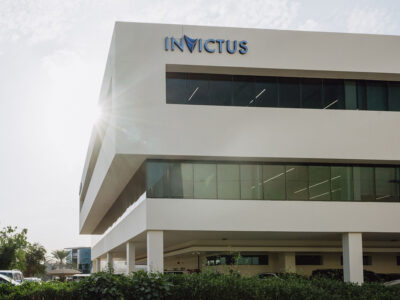The team behind the first solar-powered flight around the world, which will start and finish in Abu Dhabi, on Tuesday revealed its planned flight route.
Pilots Bertrand Piccard and Andre Borschberg, the Swiss co-founders of Solar Impulse, said the first solar-powered plane able to fly day and night will land in 12 locations across the world including Muscat in Oman.
It will travel 35,000 kilometres in the first attempt to fly around the globe without using a drop of fuel.
Si2 will take-off from Abu Dhabi in late February or early March and return by late July or early August 2015, according to a statement.
The route includes stops in Muscat, Oman, Ahmedabad and Varanasi, India, Mandalay, Myanmar and Chongqing and Nanjing, China.
After crossing the Pacific Ocean via Hawaii, Si2 will fly across the US stopping in Phoenix and New York City at JFK. A third stop-over location in the Midwest will be decided dependent on weather conditions.
After crossing the Atlantic, the final legs include a stop in Southern Europe or North Africa before arriving back in Abu Dhabi.
The first round-the-world solar adventure will take approximately 25 flight days, spread over five months, at speeds of between 50 and 100kmh.
Dr Sultan bin Ahmed Sultan Al Jaber, Minister of State and chairman of Masdar, said: “Masdar and the Emirate of Abu Dhabi are proud to host the departure, and hopefully safe arrival, of Solar Impulse and its pilots, as they dare to fly round the world using only the power of the sun.
“Solar Impulse is a demonstration to prove the impossible can be possible, and that innovation knows no boundaries. As a leader delivering sophisticated renewable energy projects around the world, Masdar is a natural partner for such an innovative endeavour, which underscores the viability of solar technology.”
Piccard added: “With our attempt to complete the first solar powered round-the-world flight, we want to demonstrate that clean technology and renewable energy can achieve the impossible.
“We want youth, leaders, organisations and policymakers to understand that what Solar Impulse can achieve in the air, everyone can accomplish here on the ground in their everyday lives. Renewable energy can become an integral part of our lives, and together, we can help save our planet’s natural resources.”
The launch will follow 12 years of feasibility studies, design and construction.
During stopovers, the Solar Impulse team will organise meetings, airplane visits and Google Hangouts in order to promote the mission’s message and highlight innovative technical solutions to climate change.








